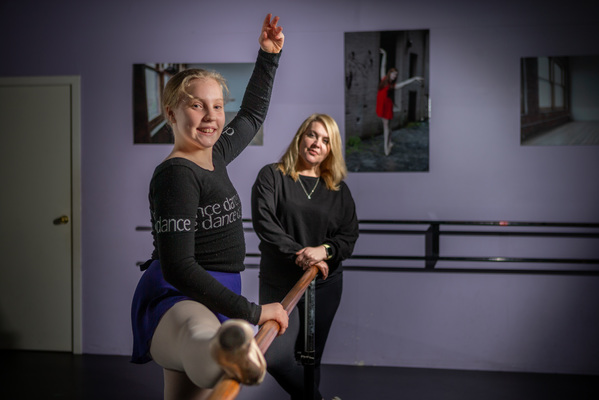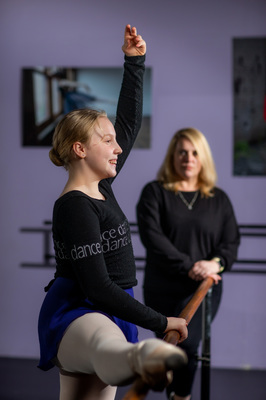
By Mitchell Clarke
A prominent Berwick dance school is urging Premier Daniel Andrews to lift the number of students that can return to physical classes, as many young dancers face the prospect of missing out.
From 22 June, the Suzie Ryrie School of Dance (SRSOD) can reopen with restrictions of 10 students per class, but the woman behind the studio is wanting that number increased to 20.
“The dance studio is a happy place for our students, staff and families and everyone is keen to get back to normality,” owner Suzie Ryrie said.
“They have formed friendships and bonds with their fellow students and teachers over many years and they are really feeling this loss of contact during this time.”
Like many local sporting clubs, SRSOD was forced to close their doors in March and adapt their business model during the Covid-19 pandemic.
The school, which has been running for 21 years, runs classes for 350 students, six days a week. A mid-year concert has been cancelled, and two other major performances are also in doubt.
“It’s been very stressful emotionally and financially,” Ms Ryrie explained.
“We put all of our classes online, a transition that was hard for us, our staff and students. Whilst it’s better than nothing, only about half of our students joined online and not all our staff were keen on online teaching.”
Many dance classes at state and private schools have resumed, leaving Ms Ryrie perplexed as to why she can’t open, considering 95 percent of her clientele are school aged students.
“Our classes run without the use of equipment, except for a ballet barre which can be easily cleaned after use, but our beautiful dance studios remain empty,” she said.
“We have purpose built dance studios with carefully considered flooring for the longevity of dancers, and mirrors and ballet barres, that are sitting idle.
“Meanwhile our dancers are having to dance on concrete flooring in their garages or navigate around the family dining table as they participate in online Zoom classes, which is not conducive to safe dance practice.”
Ms Ryrie believes that dance schools have been left behind because they weren’t considered to be a “prominent sporting activity like football”.
“Dance schools currently fall under the classification of indoor fitness, which likens us to gyms and indoor fitness centres,” she said.
“Dancing is an art that takes many years of training to establish knowledge and understanding. The arts, on the whole, have been ignored in the easing of restrictions.”
Gembrook MP Brad Battin said the State Government needed to consult with the dance industry “immediately” to work on a solution to get small businesses back up and running.
“Dancing is a vital source of exercise for many in our community, not only helping with one’s physical health but for many their mental health,” Mr Battin said.
“It does not make any sense why Daniel Andrews allows dance classes to commence in primary and secondary schools, but denies private dance school to re-open, despite being able to abide by the states social distancing regulations.”
Ms Ryrie hopes the Premier will consider amending the restriction to instead focus on following the four square metre rule.
“It would allow us to carefully space our dancers over our ample studio space and continue to provide a much loved and needed service to the children of our local area,” she said.
“Dance is the second most popular sport for girls in Australia, after swimming. Footy is back at training, swimmers are back at training, so why can’t our students get back to their dance training?”







